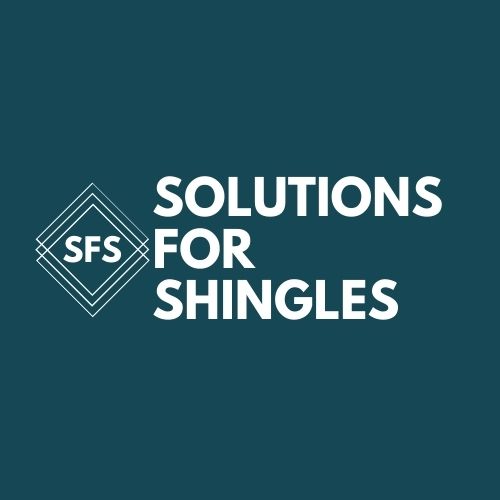Shingles are nothing if not sneaky. It’s almost always unilateral, affecting only one side of the head or body, but it can be bilateral. It’s difficult to diagnose in the prodromal or initial stage because the first symptoms can be so varied and affect different parts of the body.
Strange intermittent stabbing pains, burning, itching, fever, headache, swollen lymph nodes, nausea and generally feeling unwell can be attributed to many other illnesses. If the pain is severe, shingles can even be misdiagnosed as appendicitis or a heart attack.
One of the most significant defining features of shingles it the telltale rash that develops one to four days after the prodromal phase. The rash is so synonymous with shingles that it’s hard to imagine the infection without one.
Introducing Zoster Sine Herpete
Zoster sine herpete (zoster without herpes) is “Chronic unilateral, dermatomal distribution pain without rash”[i]
ZSH (zoster sine herpete) can come with all the discomfort and pain of shingles but without the identifying rash. The absence of a rash of course makes it that much more challenging to firstly even recognize and then diagnose shingles to be the culprit. If it is suspected, blood, cerebrospinal fluid, or saliva has to be tested to find out if antibodies are present before a shingles diagnosis can be confirmed.
To add insult to injury, in some patients the pain of ZSH can be more severe and last longer than the pain of classic zoster with a rash. In a study published in September 2018, “Italian researchers reported that patients with zoster sine herpete (ZSH), pain in the absence of an antecedent rash, reported greater severity and longer duration of pain than patients with typical herpes zoster (HZ) eruption.”[ii] This was, however, a very small study involving 16 subjects with confirmed zoster sine herpete and 16 controls with herpes zoster.
ZHS may be the rule, not the exception
It’s not all bad news though because some researchers think that zoster sine herpete is actually quite common but goes undetected because of a lack of symptoms. Far from being a rare occurrence, ZHS may be the dominant form of shingles.
New research as a result of the shingles vaccine shows how much we still don’t know about the zoster virus. Neurologist, Anne Louise Oaklander, MD, Ph.D., and director of the Nerve Unit at Massachusetts General Hospital. Recent, commented on the latest findings: “One of the things that emerged from these studies is the fact that most shingles infections are mild and many are subclinical…The virus is more active than we thought and it’s re-erupting in a partial way that very often is going to pass unrecognized.”[iii]
The other good news is that whilst postherpetic neuralgia (PHN) can also occur in ZSH, according to Oaklander there is reduced risk. She says: “The likelihood of having PHN or any of the serious complications increases with the severity of the neurologic damage, and the rash is one marker of the severity of the neurologic damage.” She explains that the absence of a rash suggests a smaller infection, which translates to less nerve damage and fewer complications.
[i] http://www.ucdenver.edu/academics/colleges/medicalschool/departments/neurology/Faculty/Documents/MD_CV%202015/Nagel_Publications/47.%20%20The%20challenging%20patient%20with%20VZV%20disease.pdf
[ii] https://www.medpagetoday.com/resource-centers/advances-against-herpes-zoster/zoster-sine-herpete–even-more-severe-and-prolonged-pain/2291
[iii] https://www.drugtopics.com/shingles-vaccine/it-still-shingles-if-theres-no-rash
